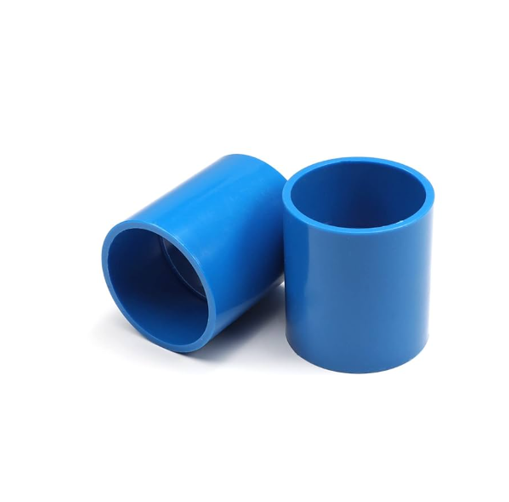
Introduction to PPE Injection Molding
PPE injection molding refers to the process of producing personal protective equipment using injection molding techniques. This method involves melting plastic resins and injecting them into precision molds to form durable components used in face shields respirators goggles and other essential safety items. As global attention to occupational health and pandemic preparedness grows the demand for high-quality PPE manufactured efficiently and cost-effectively has significantly increased.
Why Injection Molding is Ideal for PPE Manufacturing
Injection molding offers several distinct advantages in the production of PPE. It supports high-volume manufacturing with consistent quality and precise specifications. This is crucial for items like face shields and respirator components which must meet strict safety standards. Moreover it reduces material waste and allows the integration of antimicrobial or biocompatible materials to enhance the protective properties of PPE products.
Material Innovations Driving PPE Molding
New developments in polymer science are playing a vital role in enhancing the effectiveness of PPE. Materials like medical-grade polypropylene thermoplastic elastomers and polycarbonate are commonly used due to their strength flexibility and transparency. Additives that resist bacteria or improve comfort are increasingly integrated into molded PPE products making them safer and more user-friendly.
Applications Across Medical and Industrial Sectors
PPE injection molding is essential in both medical and industrial environments. In healthcare it is used to produce parts for ventilators face masks protective eyewear and surgical accessories. In industrial settings injection molded PPE includes hard hats gloves visors and components for full-body protection suits. These products are essential for safeguarding workers in construction manufacturing laboratories and hazardous environments.
Customization and Rapid Prototyping
With the advancement of digital design and 3D modeling injection molding can now accommodate rapid prototyping and customization. This enables manufacturers to quickly adapt to emerging health threats or regulatory updates. It also allows personalized PPE designs which improve user comfort and compliance.
Sustainability in PPE Injection Molding
The future of PPE manufacturing must balance protection with environmental responsibility. Many companies are now focusing on biodegradable materials and recycling systems for injection molded products. Reusable PPE items such as molded face shields and respirator components are becoming more common reducing single-use plastic waste in healthcare and industrial settings.
Future Outlook
As the global landscape evolves PPE injection molding will remain a cornerstone in ensuring health and safety. The combination of material innovation mass-production capabilities and design flexibility makes injection molding one of the most effective methods for producing reliable and scalable protective equipment.
Conclusion
PPE injection molding plays a critical role in shaping the future of health and safety across industries. Its ability to produce high-quality customizable and sustainable protective gear will continue to drive innovation and protection standards worldwide.
 DTG Mould Trade Process |
|
| Quote: | According to sample, drawing and specific requirement. |
|---|---|
| Discussion | Mold material, cavity number, price, runner, payment, etc. |
| S/C Signature | Approval for all the items. |
| Advance | Pay 50% by T/T |
| Product Design Checking | We check the product design. If some position is not perfect, or can not be done on the mould, we will send customer the report. |
| Mold Processing | Send report to customer once each week |
| Mold Testing | Send trial samples and try-out report to customer for confirmation |
| Mold Modification | According to customer’s feedback. |
| Balance Settlement | 50% by T/T after the customer approved the trial sample and mould quality. |
| Delivery | Delivery by sea or air. The forwarder can be designated by your side. |
 |
|

